After years of absence Jan Klaassen finally returns to the heart of the Dutch capital. This ‘national heritage’ of Amsterdam’s puppet culture can again be seen on Dam Square – where it belongs as an integral part of the city – in front of the Palace and the New Church. There is much support for this nearly 120 year-old tradition. On Sunday and Wednesday afternoons in the spring and summer of 2012, several versions of Jan Klaassen (or, as the show is in fact refered to here, Punch and Judy), will be played collectively.
“Jan Klaassen is in the land,
Bat in his hand,
Jumping and dancing,
grab your chances,
Jan is in the country.”
Chorus song “Jan Klaassen in the country” – Wim Kerkhove, Pantijn, Amsterdam, 1980
What’s in a name?
Did Jan Klaassen, apart from his name, actually originate from the Netherlands as the legend would like us to believe? Hansworst, his predecessor, came from Germany and the other puppet, Polichinelle, was the main figure in France; in one way or another he passed into the Netherlands. There is certainly a foreign influence. One could say that Jan Klaassen had family ties with the principal puppets of the folk art of many countries of Europe. With Polichinelle, with Don Christobal Pulichinela from Spain and Portugal, Petrushka in Russia, with Kasperle, Kasper (sometimes Putschenelle) and Kasparek, respectively, from Austria, Germany and Czechoslovakia (the Czech Republic and Slovakia), and finally with Punch from England, also dominant in America.
The progenitor of this motley crew is Pulcinella, from Naples. He’s a character from the commedia dell’arte, an Italian sixteenth century theatre form, based on improvisation around fixed social types. The Italian comedians went abroad to perform and influenced other art forms such as mime, dance and puppetry. The Italian puppeteers also travelled around Europe. Of all the characters, Pulcinella was the biggest succes abroad.
The Amsterdam Puppetry Tradition
Before the Italians arrived in Amsterdam, more than three centuries ago, there was a man called Jan Claeszen who was a trumpeter in the army of Prince Willem II. The political unrest after the Prince’s death in 1650 caused changes in the power structures, and Jan was fired. He moved to Amsterdam and, to make a living, he became a puppeteer.
He made his own household with his wife Katrijntje Pieters the subject of his puppet shows. Jan and Katrijn were the main characters. The former trumpeter was so successful with his play, that the name of his central puppet at the time, polychinelle, was soon replaced by his own name: Jan Claeszen, later Klaassen.
In 1830 an Italian family settled in Amsterdam, the Cabalzi’s. This family has produced many puppeteers. Janus Cabalt is famous. In 1869 he was born in Amsterdam Duvel Corner, where the Tuschinski theatre now stands. Cabalt got a permit in 1893 to give performances on the Dam. At this point in history, a long tradition began.
Janus Cabalt playin Jan Klassen on the Dam
In 1980, Wim Kerkhove Puppet theatre started to perform at the Dam. Kerkhove included current news and politics in his plays, as the real Punch tradition demands. With his famous humor, “Jan” blasted all that he did not like in society. And Katrijn? Was she the Dutch Judy? She was even sharper!
In the year 2000, Wim Kerkhove stopped performing his Puppet shows on Dam Square. Nine years later he founded the “Punch Academy”. Since then, sixteen puppeteers from around the country have been trained in the art and skills of the original Punch performance.
In 2012, Punch and Judy are returning to the Dam, once again part of the cultural life of the capital. The sixteen new puppeteers of the Academy together with Jan Klaassen & Katrijn make this possible.
Darja de Caluwe

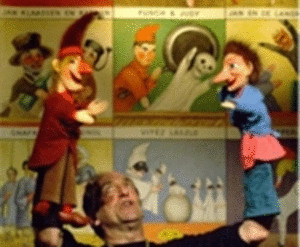
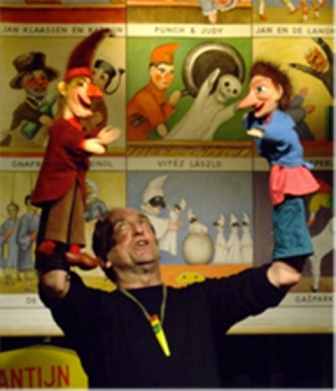
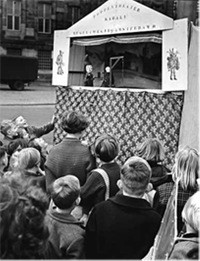
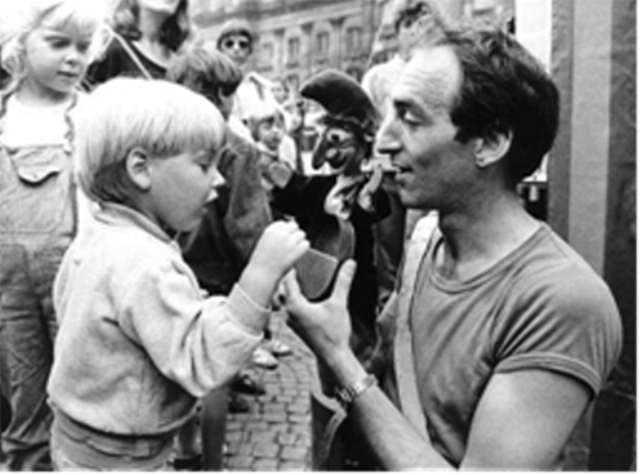
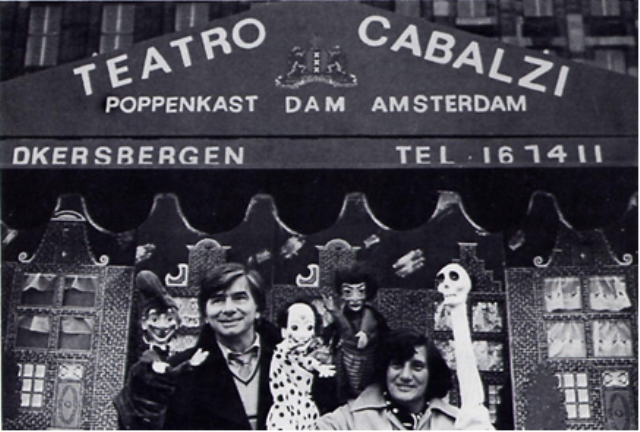
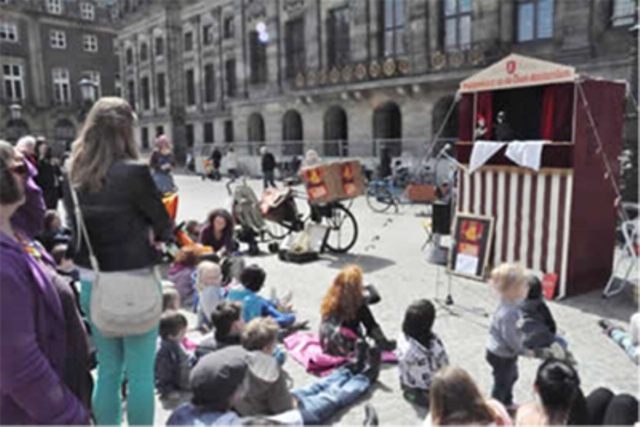
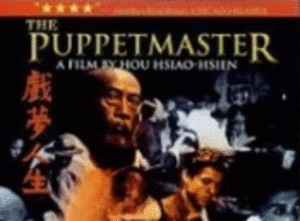
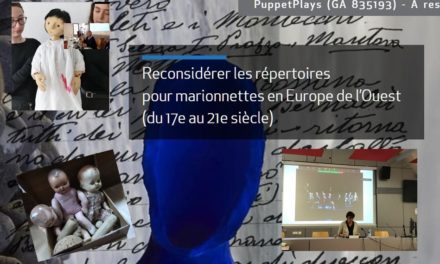
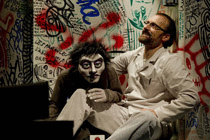
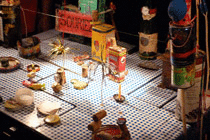


















Dear Darja,
a nice historical review with an actual tail.
To find more actual information about the Poppenkast of the Dam – group from Amsterdam see http://www.poppenkastopdedam.nl and of course there are more puppeteers in the Netherlands who are performing Jan Klaassen-performances see for example on the member list of the NVP-UNIMA http://www.poppenspelers.nl and
our specialist in Jan Klaassen-history and his European and even Egyptian and Indian roots is Hetty Paërl
well done
Frans Hakkemars
Hello Darja,
Well done. Thanks.
With Kind Regards,
Wim Kerkhove
Dear Darja,
Nice article! Finally new attention for this beautiful tradition.
Hope you write more about folkpuppettheatre.
Kind regards,
Lieke van Duin
Hello dear friends!
We would like to invite you for our festival, it will be in Tyumen in 25 of july/
What kind of show do you have?
How many people work?
How much does it cost?
Are free for 25 of July?
Best of all!